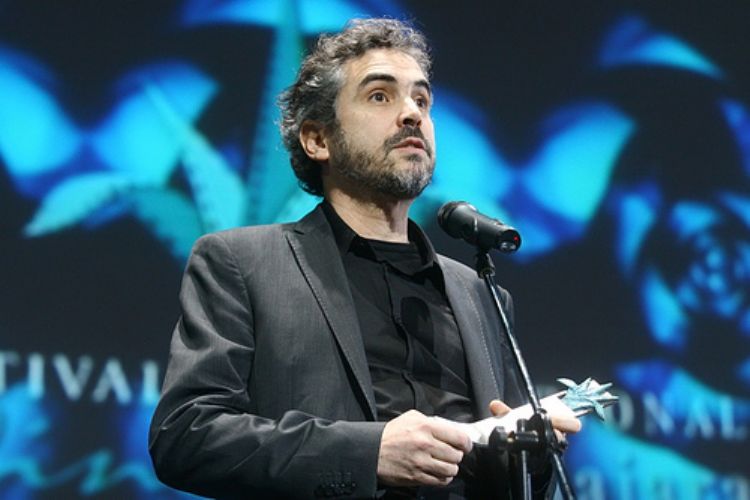
About Mexicali
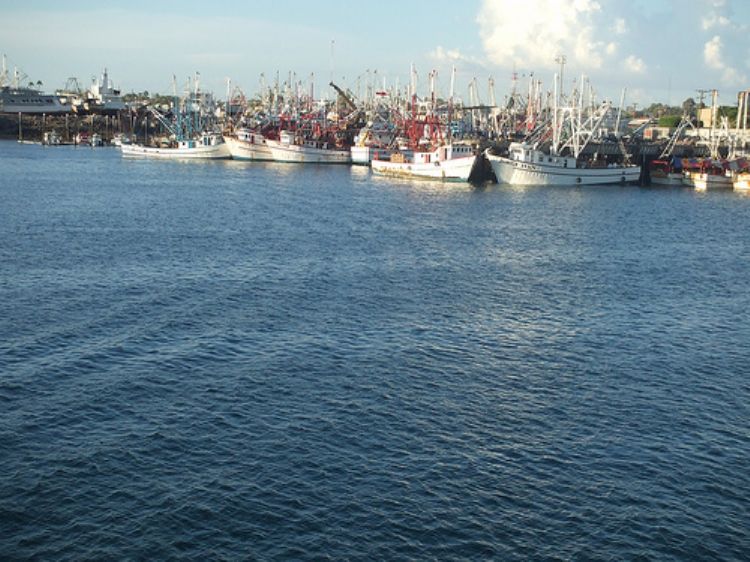
Mexicali is the capital of Baja California State, and the city more to the north of Latin America. Its name comes from the anagram MEXI-co and CALI-fornia. It is a warm city with hospitable people and representative cotton fields in its valley. The Mexicalense population is often referred as "âCachanilla"â in honor of the bush used by the old settlers of the valley to build their houses.
Before 1900, the territory that today is occupied by Mexicali, was practically deserted, only inhabited by a few human settlements like the one in Los Algodones. It was at the beginning of the 20th century, after several efforts of the Mexican government to colonize these adjacent zones with the USA, that an accelerated establishment of families and business wanting to take advantage of the abundant water of the Colorado River developed a growing and dynamic agricultural and irrigation sector, which later would become the city of Mexicali.
Although the word Mexicali was used for the first time in 1902 thanks to Colonel Agustin Saginéz (then governor of the North District of Baja California), and after belonging to the municipality of Ensenada in its first months, it was until march 14th of 1903 that the municipality of Mexicali was officially founded, naming Manuel Vizacarra as an auxiliary judge. Finally, on November 4 of 1914, political head Mayo Baltazar Aviléz called for elections and achieved to form the first city council electing Francisco L. Montejano as its representative.
After its formation came its progress, and from 1920 to 1970 Mexicali came through a period of fast development for its population, from the economic and social point of view, initially due to the lucrative traffic activities, liquor production and consumption (with the consequent prostitution and gambling), promoted mainly by the alcohol prohibition law introduced in the United States (prohibiting the production and trade of liquor and alcoholic beverages inside de U.S. territory), fact that did not only benefit Mexicali but all the border cities in both countries. This added to an excellent administration by the government of Baja California thanks to personages like Colonel Esteban Cantú Jiménez and General Abelardo L. Ródriguez, made Mexicali a city and municipality of great importance in Northern Mexico.
Despite its history of accelerated development, Mexicali also had certain episodes in its history that restrained this growth in order to consolidate other aspects of its development and culture. On this subject it is important to mention the event named "âAsalto de las Tierras"â (Land Assault), an agrarian movement by Mexicans in 1937; noticing that were being discriminated by the big companies when renting lands, preferring foreigners (Chinese, Japanese, etc) before Mexicans, these last ones considered only as temporal workers.
Nowadays, the city of Mexicali has 653 thousand inhabitants, representing near 76% of the municipality population and being placed as the second most populated city in Baja California State, just after Tijuana. Also, the municipality has more than 13,600 km2 adjacent to the United States, the State of Sonora and the municipalities of Ensenada and Tecate, and the Gulf of California; which represent 18% of the state's territory and 0.7% of Mexico. This ratio gives Mexicali a population density of 56 inhabitants per Km2.
The cachanilla population of our days is conformed by men and women in equal proportion, but it can be considered as a young population conformed in 60% by people younger than 30 years.
Today, this population is dedicated to different activates, mainly:
- Irrigation agriculture with cultures for local consumption and export, such as wheat, barley, cotton, alfalfa, chile, onion, cabbage, daikon, watermelon, melon, corn, among others.
- Bovine cattle (for meat and milk), porcine and chicken production with double purpose (meat and posture)
- Its diversified industry occupies the first place in nutritional products where milk pasteurizers, wheat mills, bottle factories, tortillerias and meat packing, as well as a growing industrial development taking advantage of its strategic location very close to the American market.
- Seawater and fresh water fishing.
Its economic active population, according to the data presented by INEGI in the year 2000, works mainly in the tertiary sector (commerce, tourism, service) represented by the 50% followed by 33% of the industrial, electricity, construction and manufacturer sector, among others (secondary sector).
Sources:
http://www.mexicaliturismo.com
http://geologia.cicese.mx/sist_inf_geo/paseo/mexicali.htm
INEGI, Statistical Yearbook of Baja California State, Mexico, 2001.
Virtual Enciclopedia of Mexican Municipalities, http://www.e-local.gob.mx
Articles Releated with Mexicali

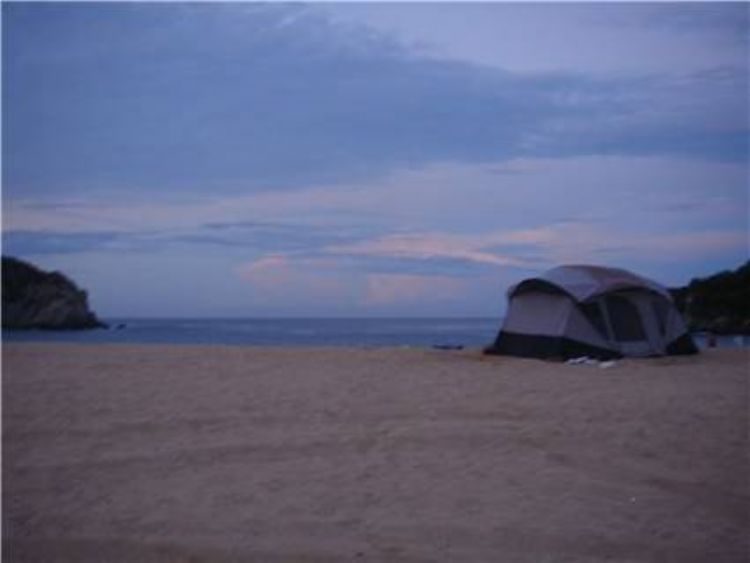
Camping Sites, The Best in Mexico
Mexico offers hundreds of fascinating camping sites. We r...
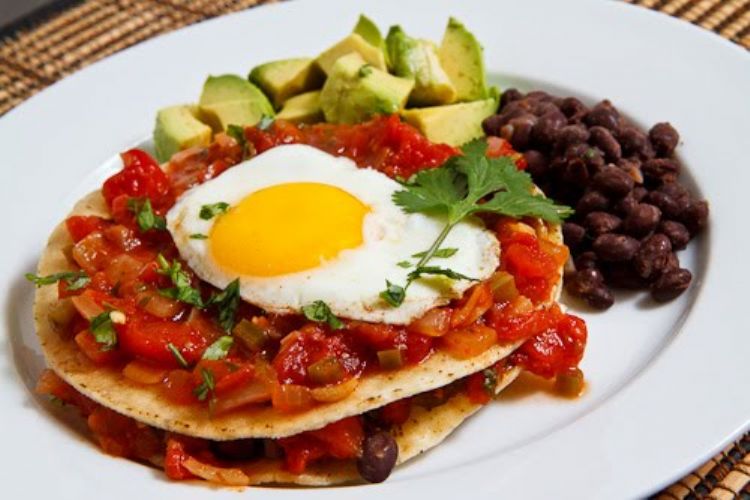
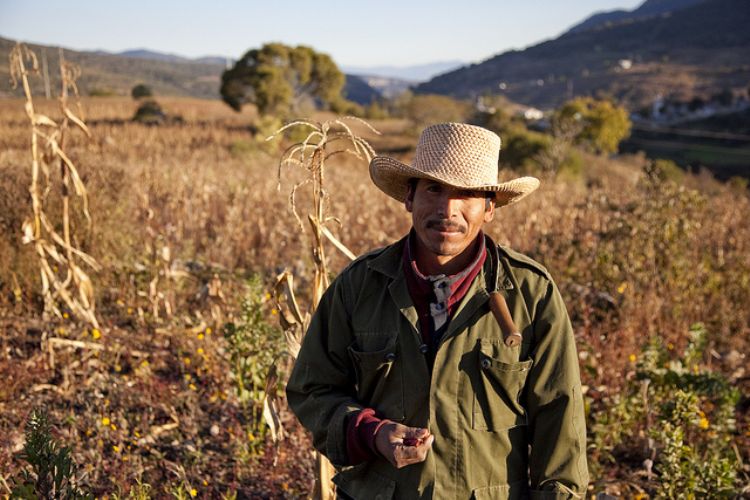
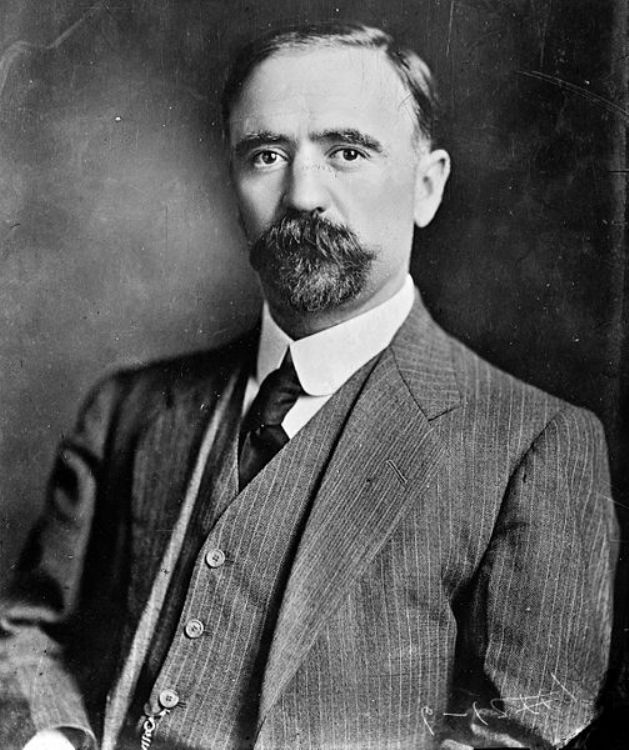
Francisco I. Madero, Biography and Information
He was born on the 30th of October 1873 at Hacienda el Ro...
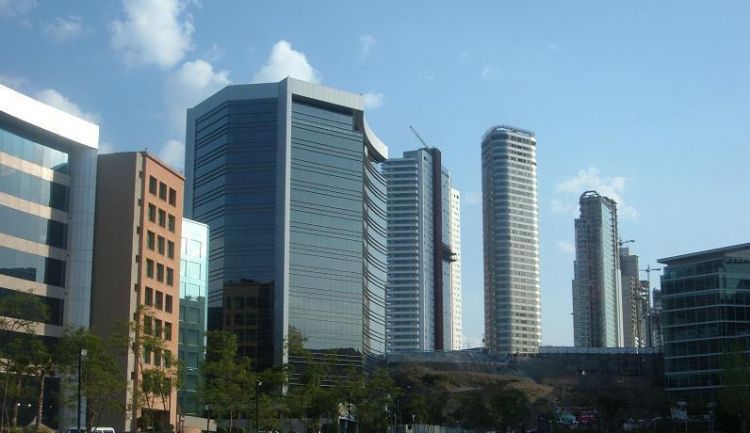
What forms Mexicoâs Gross Domestic Product?
Gross Domestic Product (GDP) is the total monetary value ...
Most Viewed
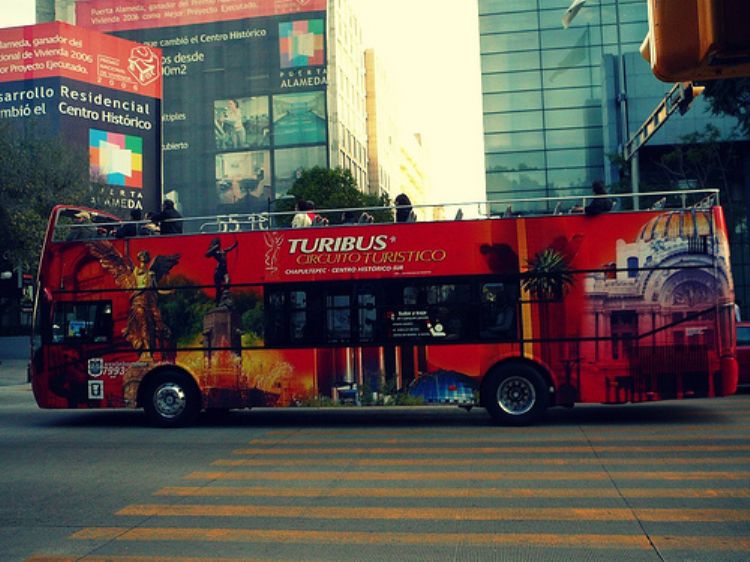
Mexico City's Turibus, Tourist Bus
Turibus is a panoramic passenger double deck bus that tra...

Francisco I. Madero, Biography and Information
He was born on the 30th of October 1873 at Hacienda el Ro...
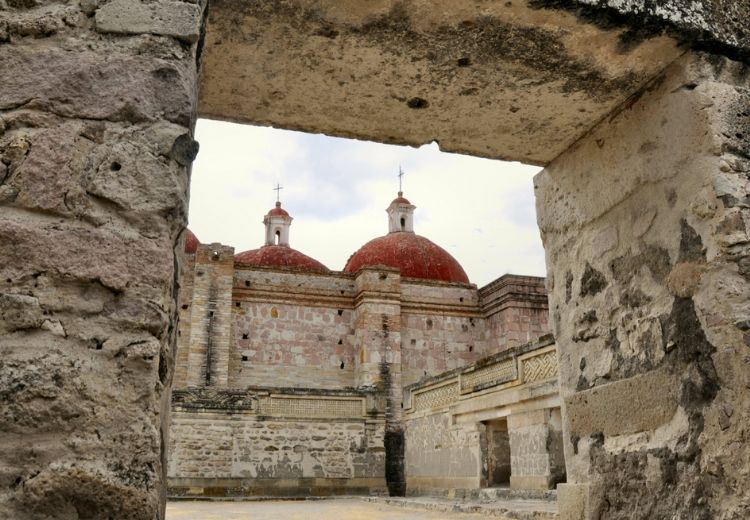
Recently Added World Heritage Elements in Mexico
As we know, this year new Mexican elements were added to ...
